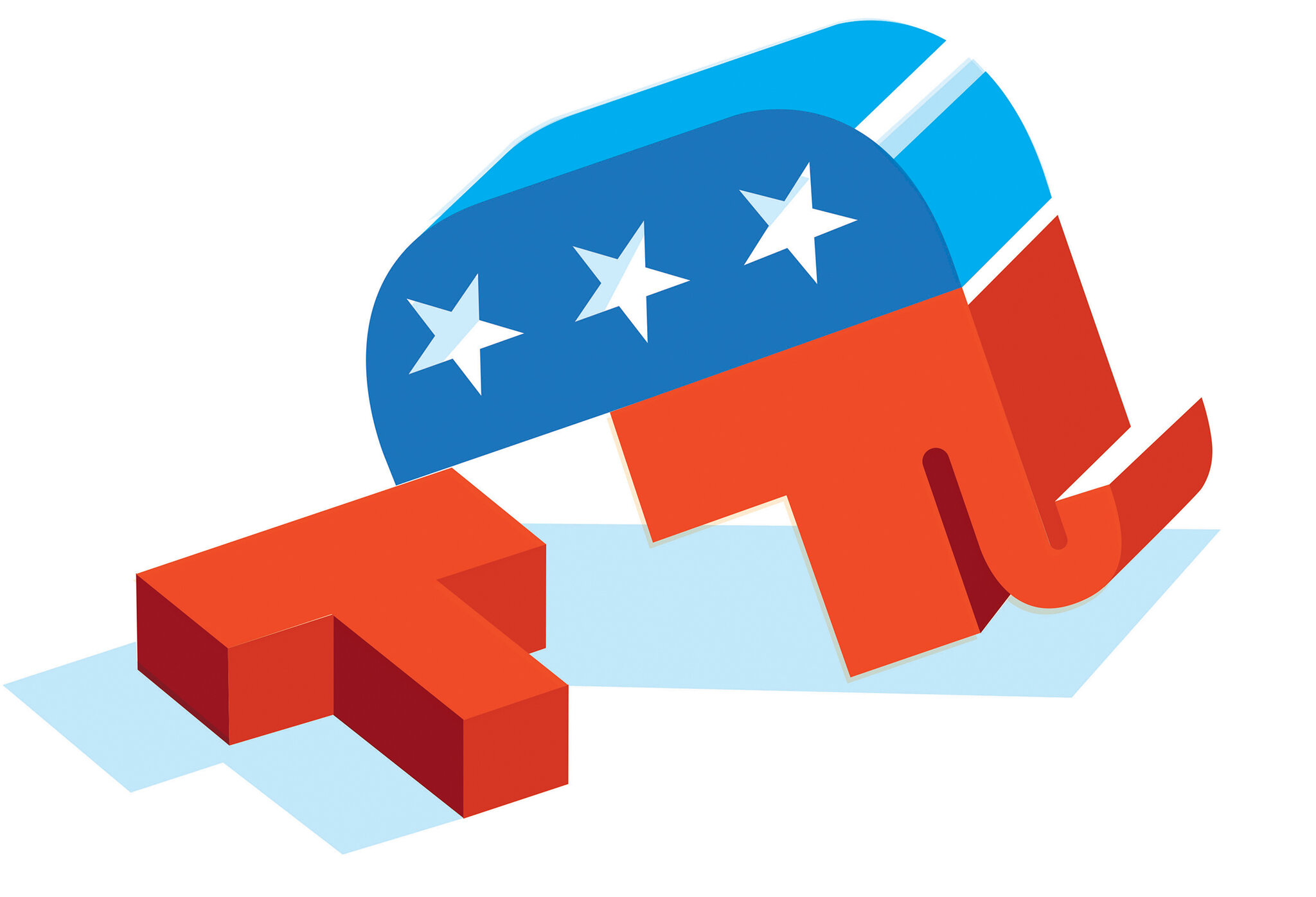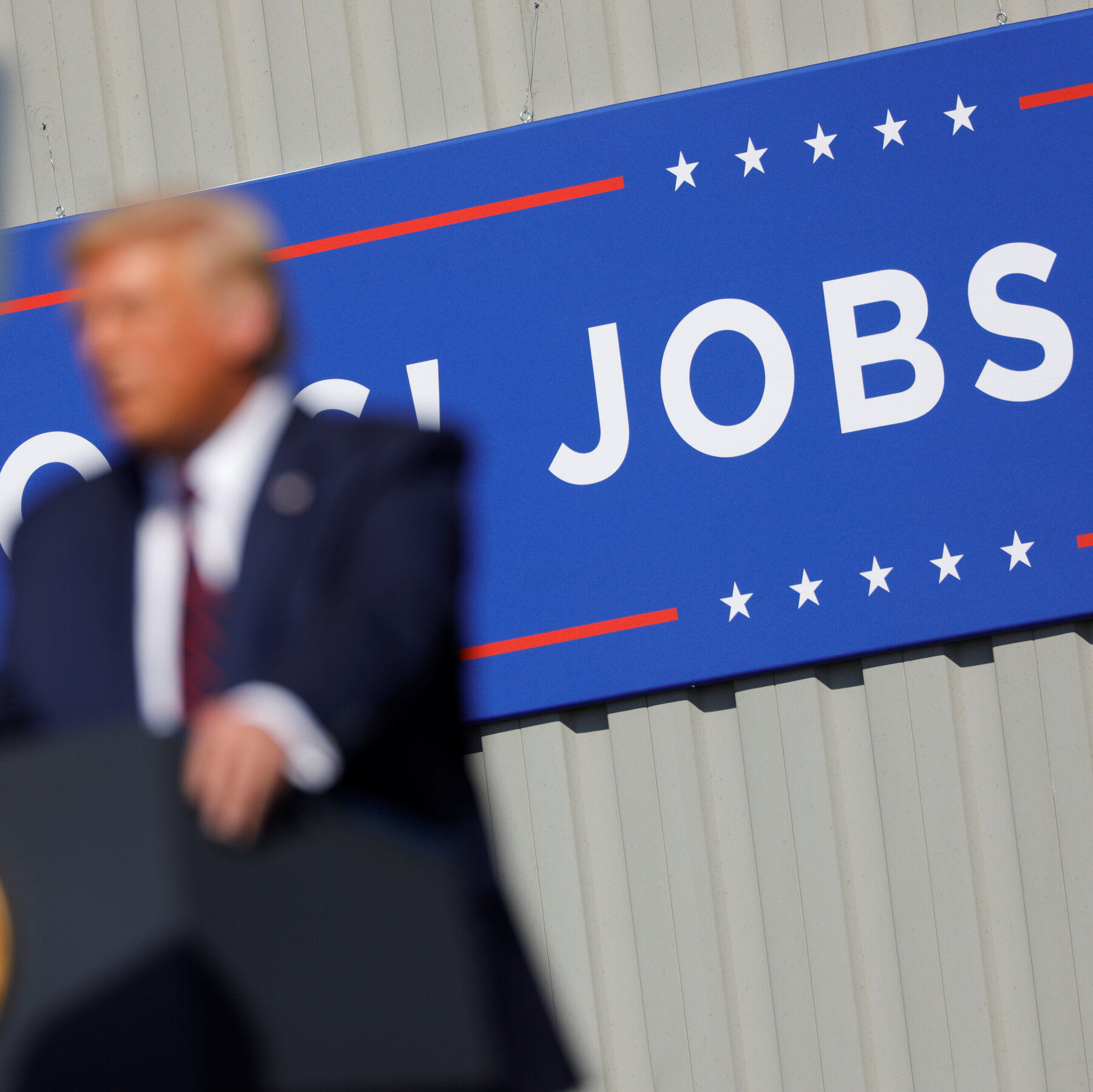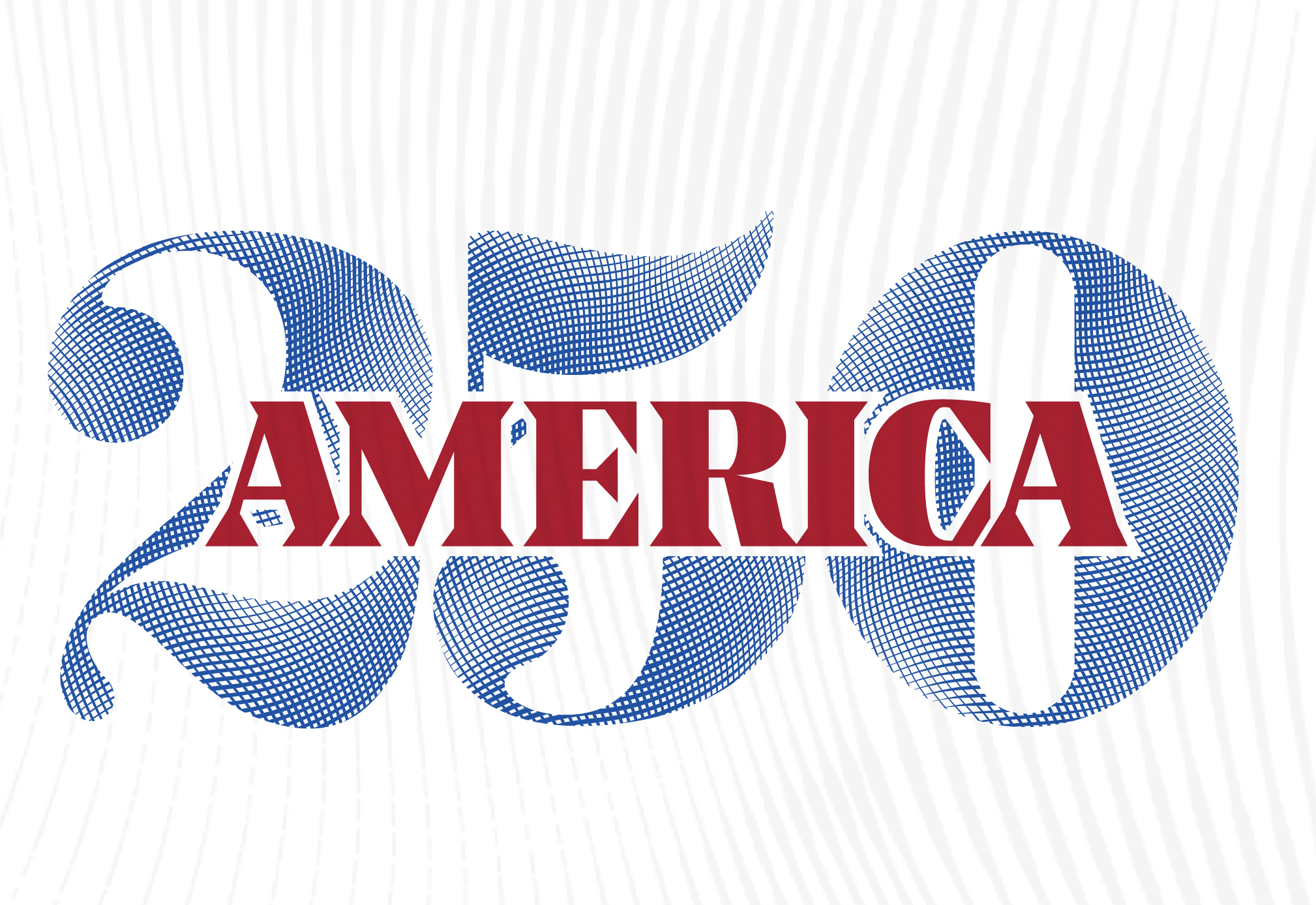(ThyBlackMan.com) America’s political system has essentially always been dominated by two parties, long before the Democrats and the Republicans morphed into their current iterations. At the nation’s founding, Jefferson and Madison led the Democratic-Republican Party, which competed for dominance against Hamilton’s Federalist Party.

This should not be surprising given Maurice Duverger and his “law.” The late French political scientist argued that winner-take-all systems, like ours, tend to produce two-party dominance. With few exceptions, the two-party system prevails in the U.S., even when there is “ranked choice” voting. Thus, there has never been a viable third party in America — at least at the national level. Until now.
Sort of.
Enter Donald Trump, whose seismic impact on American politics generally, and the Republican Party in particular, cannot be overstated. His takeover (or takedown) of the GOP is stunning given his eclectic political history. Trump’s journey — Republican to Reform Party member, then Democrat, and back to Republican — reads like a cautionary tale of political fluidity that would earn any other politician the derogatory moniker of “RINO” (Republican in Name Only). Yet, somehow, Trump defies that pejorative.
Further, Trump is not constrained by his party’s traditional conservatism or its long-standing dogma. Since his ascent in 2016, he has not so much navigated the existing structures of the Republican Party as he has bulldozed and rebuilt them in his own image. Contrast this with former GOP presidential nominee Mitt Romney, a lifelong Republican, who felt the need to brand himself “severely conservative.” That “brag” has always struck me as something that required a shot to get rid of. I digress…
Trump is not so much the leader of a “third party” (in the traditional sense) as he is the leader of a cult of personality. A specific political label is unnecessary. He has birthed a political movement under the guise of transforming the GOP.
A business metaphor comes to mind: Trump’s takeover mirrors a hostile leveraged buyout of a company. In the corporate world, such moves see outsiders take over companies, often stripping them for parts and profits before discarding whatever remains. Similarly, Donald Trump has stripped the Republican Party of its traditional values and repurposed its machinery for his own ends. Will the party itself endure? That remains to be seen.
Trump’s strategy capitalizes on raw emotions, particularly anger, which he has effectively harnessed to galvanize a base as loyal personally to him as they are ideologically unbound. This emotional connection has allowed him to commandeer the Republican Party without the need for the infrastructural investment that stymied historical figures like Teddy Roosevelt with his Bull Moose Party or Ross Perot with the Reform Party. Trump’s approach bypasses these challenges by converting a well-established party into a vehicle for his own agenda. In doing so, he has made the GOP unrecognizable to those who once saw it as the party of Reagan.
The current GOP has very little in common with its predecessors, save for a few lingering commitments to cutting taxes for the wealthy and authoring anti-abortion measures. Its current form is a drastic departure from the free-trade-promoting, strategically temperate party that it once was.
Instead, today’s GOP is fueled by identity politics. (Think about it.) It is shaped by figures who thrive on divisiveness and confrontation, indicating a shift that aligns more with reactionary populism than with traditional conservatism.
Meanwhile, the Democratic Party wrestles with its own identity (or, rather, multiple identities), resembling a sprawling constellation of diverse — sometimes antagonistic — interests and groups, each jockeying for recognition and influence. It’s a macrocosm of California. This internal complexity within the Democrats contrasts sharply with the singular, top-down authoritarian style that now characterizes the GOP under Trump.
While America’s electoral system has historically snuffed out the viability of third parties, Trump has subverted this trend not by creating a new party, but by co-opting and redefining an existing one. The Party of Trump, as it stands, functions like a third party that has overtaken one of the traditional two, setting a precedent that may well redefine American political alignments in the years to come.
This development prompts a pressing question for the electorate: Are we witnessing the evolution of our party system into something that more closely resembles a parliamentary democracy with a dominant personality at the helm? Time will reveal the full implications of this political metamorphosis. In the meantime, half the nation — and much of the world — is nervously awaiting what will transpire in the weeks, months, and years ahead.
Buckle up.
Written by Larry Smith

















America is a pluralist representative democracy meaning that there are more than two political parties participating in political activities in America.